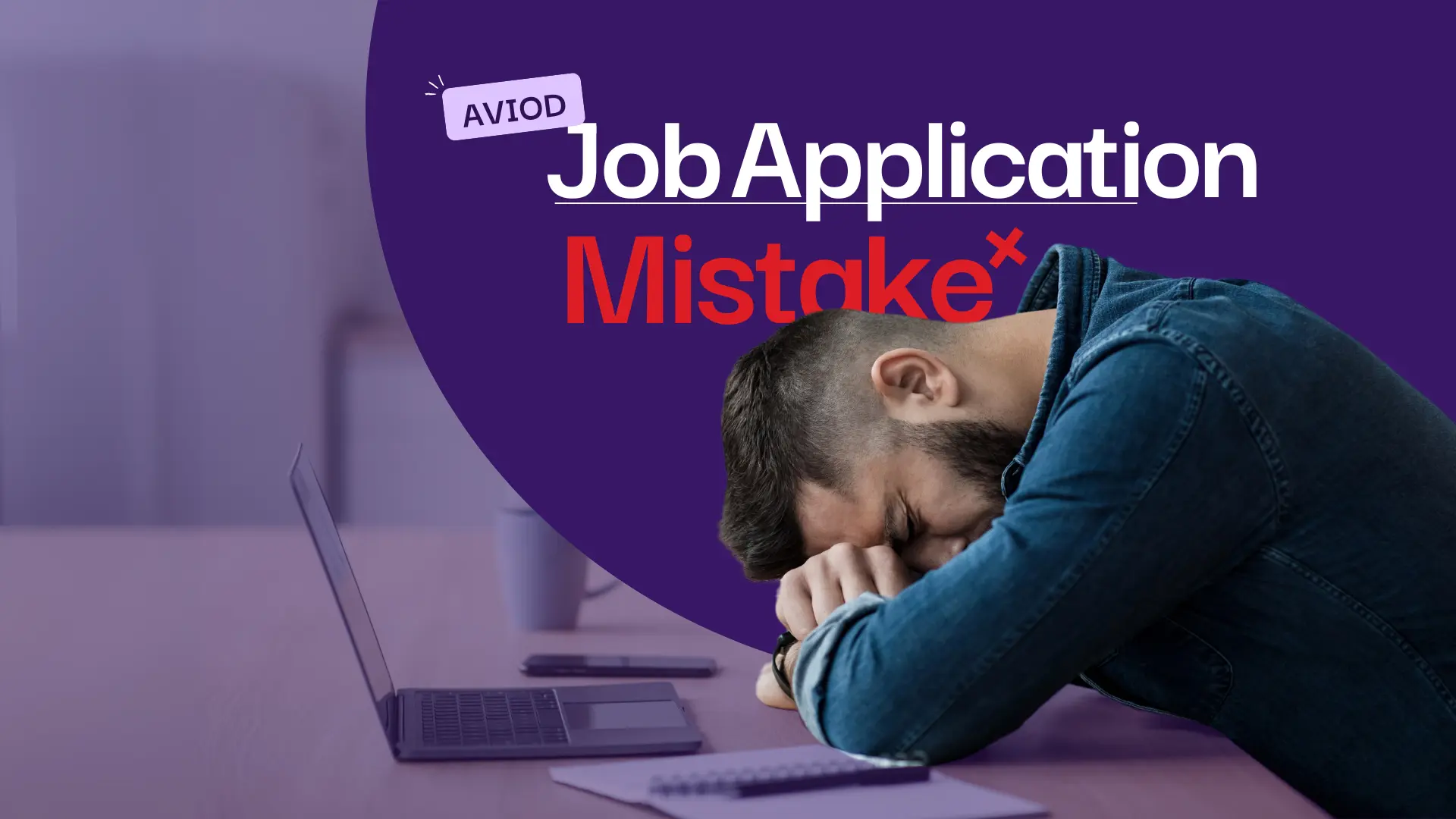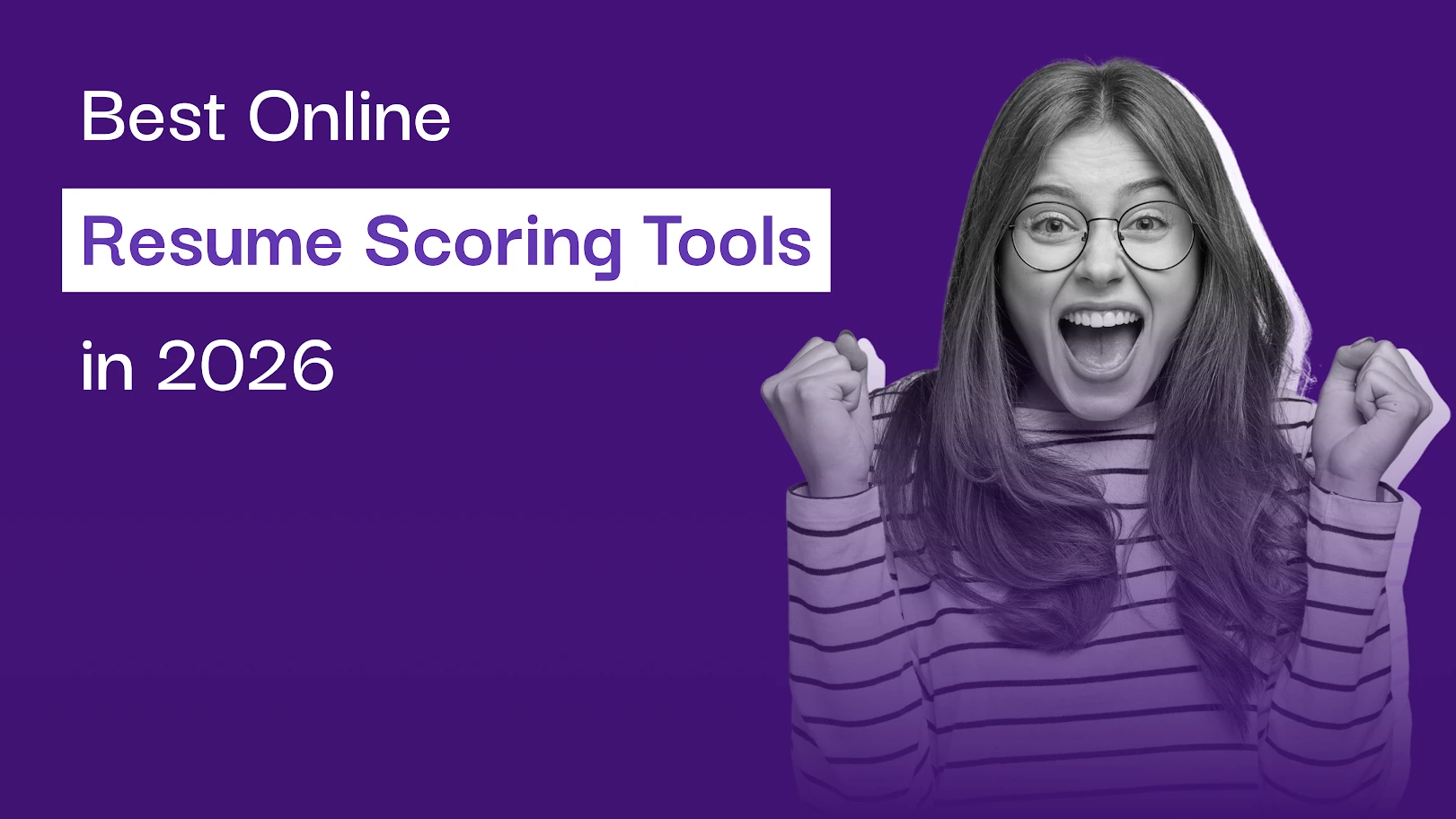While you may think you’re doing everything right, small mistakes in your application could be stopping recruiters from noticing you. At avua, we help job seekers like you stand out with smarter tools and resources.
Here’s a list of common job application mistakes and actionable tips to fix them for better results.
1. Submitting a Generic CV
The mistake: Sending the same resume to every job you apply for.
Why it’s a problem: Recruiters look for specific skills and experiences that align with their job description. A generic CV might miss key points and get rejected.
Solution:
Use CV analysis tools to assess your resume against job descriptions. These tools highlight missing keywords, align your CV with employer requirements, and ensure it passes Applicant Tracking Systems (ATS).
Tailor your CV for each application by emphasizing relevant experiences, skills, and achievements to match the specific job description effectively.
2. Overlooking ATS-Friendly Formats
The mistake: Using complicated designs or graphics in your resume.
Why it’s a problem: Most companies use Applicant Tracking Systems (ATS) to screen CVs. If your resume isn’t ATS-compatible, it may get rejected automatically.
Solution:
Stick to clean, professional formats with readable fonts.
Ensure your CV includes relevant keywords matching the job description.
3. Applying Without a Cover Letter
The mistake: Assuming your resume is enough and skipping the cover letter.
Why it’s a problem: A cover letter provides an opportunity to showcase your personality, motivation, and how you fit the role. Ignoring it can make your application feel incomplete.
Solution:
Write a tailored cover letter that highlights your enthusiasm and key achievements.
Use AI chatbots to access cover letter templates that are effective and tailored to your needs.
4. Missing Key Details
The mistake: Forgetting essential information like contact details, dates, or specific skills.
Why it’s a problem: Recruiters often have hundreds of applications to review. Missing details make it harder to shortlist your profile.
Solution:
Double-check your CV to ensure all critical information (name, contact info, education, skills, experiences) is accurate.
Use avua’s CV analysis tool to catch errors or missing details before applying.
5. Ignoring LinkedIn Optimisation
The mistake: Having an incomplete or outdated LinkedIn profile.
Why it’s a problem: Recruiters often cross-check your LinkedIn profile before making a decision. An incomplete or inactive profile can hurt your chances.
Solution:
Optimise your LinkedIn profile to align with your CV. Highlight your achievements, skills, and experiences.
Use avua’s LinkedIn Optimisation tips to ensure your profile attracts recruiters.
6. Applying for Jobs You Aren’t Qualified For
The mistake: Applying for roles where you don’t meet even the basic requirements.
Why it’s a problem: It wastes your time and reduces your chances of focusing on opportunities where you fit best.
Solution:
Use job-matching platform like avua to filter roles that align with your qualifications and experience.
Focus on opportunities that match your skill set, and let the system suggest similar roles based on your profile.
7. Skipping Proofreading
The mistake: Sending a resume or cover letter with typos or grammatical errors.
Why it’s a problem: Errors reflect poorly on your professionalism and attention to detail.
Solution:
Always proofread your documents before sending.
Ask a friend or mentor for a second opinion.
8. Not Following Up
The mistake: Sending your application and never checking back.
Why it’s a problem: Sometimes, recruiters are overwhelmed, and a polite follow-up can put you back on their radar.
Why it matters: It shows a lack of interest or proactivity.
How to Avoid It:
Send a polite follow-up email after 5–7 days if you haven’t received a response.
Express your continued enthusiasm and ask for an update.
Your Next Step: Get Noticed by Top Recruiters
Mistakes happen, but with the right tools, you can perfect your application and get noticed by top recruiters. Upload your updated CV today and start applying for roles that match your skills.



